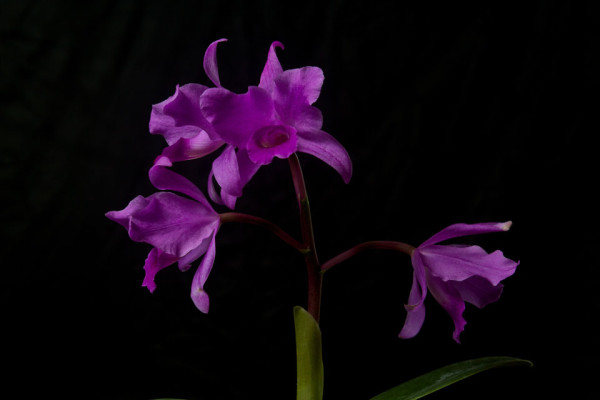At the end of the Rainbow Violet
Violet is the color at the bottom of the rainbow’s arc, the color of royalty, bishops, and Lent, on Newton’s color wheel with red and green. Violet was one of eight colors in the first crayon boxes, though today violet is demoted and found only in the largest boxes.
Violet is sweet perfume, and sometimes violet flowers are a touch of color and flavor in salads and candies. Violet is all around Guatemala, but a bit shy and shrinking, so you’ve got to search it out in weavings, gardens, markets, and in the sky.
Violet plants are a large family, with hundreds of types such as pansies and viola, but we think of the small perennial ground plant when a violet flower is mentioned. No violets are native to Central America, but the seeds were brought here in the late 1800s by Europeans homesick for the flowers of their gardens back home. In a finca garden of the Western Highlands, I was shown with pride some sweet little flowers descended from plants brought from Germany in 1884.
Violet was the first dye to be synthesized, replacing use of berries and making violet clothing fashionable in Europe and quickly thereafter in Guatemala. Indigenous weavers incorporated the color in several huipil blouse designs for you to spot today. Violet perfume came from labs about the same time. It’s still made, and inexpensive, as you can sniff for yourself in Guatemalan markets.
Violet is at the top of what we can see of the visible spectrum. A prism can form all year in Guatemalan skies, as a bright sun breaks through the rain showers that occasionally come all year, delighting us as a rainbow. Because we’re still in invierno, the rainy season, this month, that magical arc might form any day. Watch for it, and remember the colors of the rainbow that you learned back in primary school: red-orange-yellow-green-blue-indigo—and, at the bottom of the rainbow, violet.
